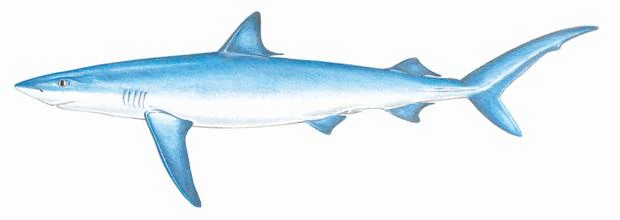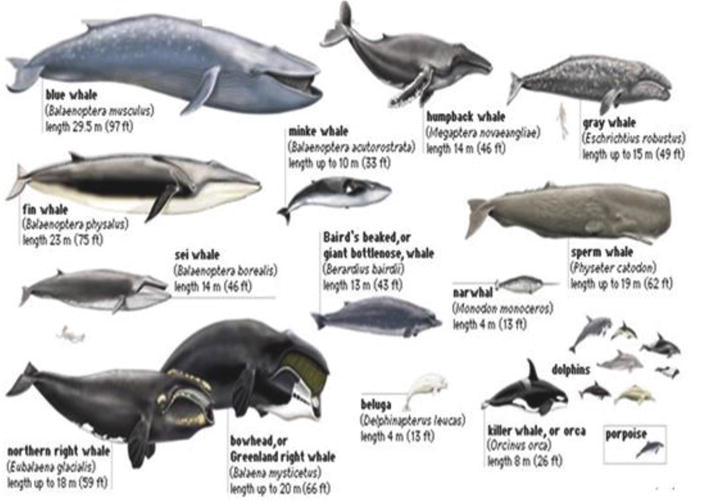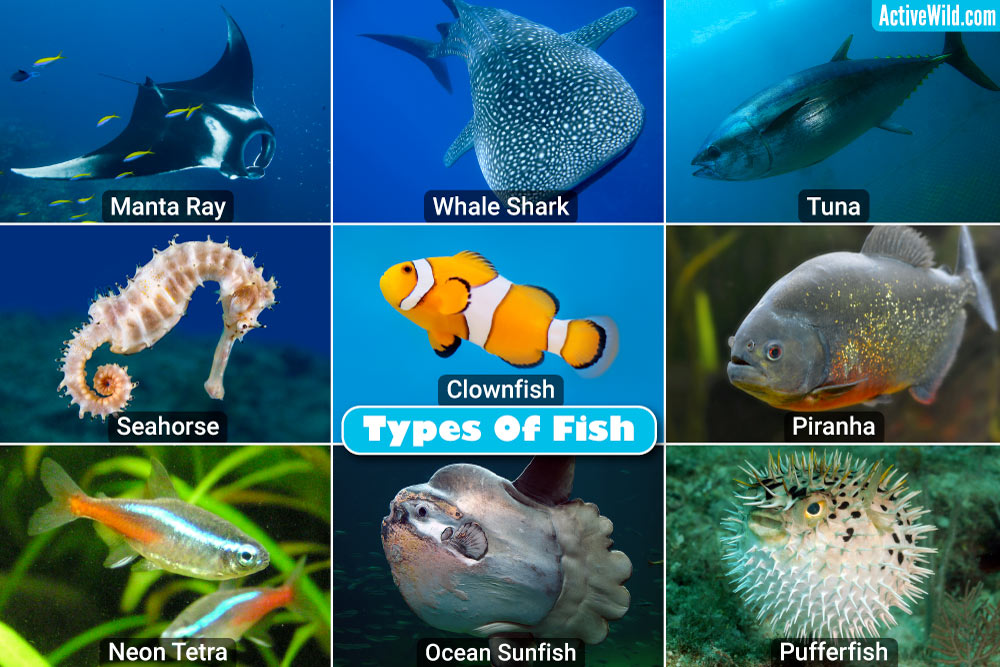The Aquatic Predator: Exploring the Fascinating World of the Blue Shark
The Aquatic Predator: Exploring the Fascinating World of the Blue Shark ===
The blue shark (Prionace glauca) is a majestic and elusive predator that roams the vast blue waters of our oceans. With its sleek body and striking blue coloration, this species has captured the imagination of marine enthusiasts and scientists alike. In this article, we will delve into the captivating world of the blue shark, shedding light on its anatomy, habitat, feeding habits, reproduction, migration, and its interactions with both the marine ecosystem and human activities.
The Blue Shark: A Majestic Hunter of the Deep
With its streamlined body shape and powerful jaws, the blue shark is a formidable hunter of the deep. Its average length ranges from 6 to 8 feet, although some individuals can reach an impressive 12 feet. This species possesses a slender body, enabling it to swim swiftly through the water, reaching speeds of up to 35 miles per hour. The blue shark’s distinctive blue coloration on its back and sides effortlessly blends with the surrounding ocean, making it a stealthy predator and a true marvel to behold.
Anatomy and Physical Characteristics of the Blue Shark
The blue shark boasts several physical adaptations that contribute to its hunting prowess. Its long, slim body is equipped with large pectoral fins, enabling it to glide effortlessly through the water. A prominent dorsal fin provides stability while swimming, while its elongated snout, adorned with sharp, triangular teeth, aids in capturing prey. The blue shark also possesses keen eyesight, with its large, black eyes allowing it to spot prey from great distances. These physical characteristics combine to make the blue shark a highly efficient and effective predator.
Distribution and Habitat of the Blue Shark Species
The blue shark is a cosmopolitan species, found in open waters across the world’s oceans. It has a wide distribution, inhabiting both tropical and temperate seas. Blue sharks are particularly abundant in areas such as the Atlantic Ocean, Indian Ocean, and Mediterranean Sea. They prefer pelagic environments, often found in the open ocean far away from coastlines, although they have been known to venture closer to shore in search of food. The blue shark’s ability to adapt to various water temperatures and habitats contributes to its widespread distribution.
Feeding Habits: Unraveling the Diet of the Blue Shark
As an apex predator, the blue shark occupies a vital position in the marine food chain. Its diet primarily consists of small fish, squid, and occasionally, mollusks. Known for their opportunistic feeding habits, blue sharks are skilled scavengers as well. They have been observed feeding on the remains of dead marine animals, utilizing their sharp teeth to tear through flesh and devour their prey. Although they predominantly feed near the surface, blue sharks are capable of diving to depths of up to 1,000 meters in pursuit of their prey.
The Blue Shark’s Hunting Techniques: A Master of Stealth
The blue shark is a master of stealth, employing various hunting techniques to secure its meals. One method is called “cruising,” where it glides through the water, scanning its surroundings for any signs of prey. Once it identifies a potential target, it accelerates swiftly towards its prey, surprising it with a burst of speed. The blue shark’s sharp teeth and powerful jaws enable it to inflict swift and fatal blows, ensuring a successful hunt. Its streamlined body and agility make it a highly effective predator, capable of outmaneuvering its prey with ease.
Reproduction and Life Cycle of the Blue Shark
Blue sharks are ovoviviparous, meaning the embryos develop within eggs inside the mother’s body until they hatch. After a gestation period of approximately 9 to 12 months, the female blue shark gives birth to a litter of 25 to 50 pups. These pups are born fully formed and ready to fend for themselves. The early stages of a blue shark’s life are crucial for survival, as they must quickly adapt to their environment and learn to hunt. It takes several years for these young sharks to reach maturity, and they can live up to 20 years in the wild.
Blue Shark Migration: Tracking the Ocean Wanderer
Blue sharks are known for their remarkable migratory behaviors. They undertake extensive journeys across vast distances, often crossing entire ocean basins. These migrations are driven by the availability of food and suitable breeding grounds. By tracking the movements of blue sharks, scientists have gained valuable insights into their migratory patterns. These findings are crucial for understanding the species’ population dynamics, as well as aiding in conservation efforts.
Threats and Conservation Efforts for the Blue Shark
Despite their widespread distribution, blue sharks face numerous threats in the modern world. Overfishing, driven by the demand for shark fins and meat, has significantly impacted their populations. Additionally, bycatch in commercial fishing operations poses a significant risk to blue sharks. Thankfully, there are ongoing efforts to conserve this species. Measures such as international fishing regulations, marine protected areas, and public awareness campaigns have been implemented to safeguard the blue shark and promote sustainable fishing practices.
The Blue Shark’s Role in the Marine Ecosystem
As a top predator, the blue shark plays a crucial role in maintaining the balance of the marine ecosystem. By regulating the populations of smaller fish and squid, blue sharks help to ensure the health and stability of the ocean environment. Furthermore, their scavenging behavior aids in the decomposition of dead marine animals, recycling nutrients and contributing to the overall productivity of the ecosystem. The conservation of the blue shark is, therefore, essential not only for the species itself but for the health and functioning of the entire marine ecosystem.
Interactions between Blue Sharks and Human Activities
Blue sharks have frequent interactions with human activities, both intentionally and unintentionally. They are commercially valuable for their fins, which are highly sought after for shark fin soup. Additionally, blue sharks are occasionally caught by sport fishermen, attracted by their size and strength. While attacks on humans are extremely rare, the blue shark’s presence in popular swimming and diving areas can cause concern. It is important for both authorities and individuals to promote responsible and respectful interactions with these magnificent creatures to ensure coexistence with minimal impact on their populations.
In conclusion, the blue shark is a fascinating and enigmatic species that dominates the oceans with its hunting prowess and striking appearance. From its streamlined body to its opportunistic feeding habits, this apex predator has adapted to thrive in a variety of habitats across the globe. However, conservation efforts are crucial to protect the blue shark from the threats posed by overfishing and bycatch. By understanding its role in the marine ecosystem and promoting sustainable practices, we can ensure the continued existence of this majestic predator for generations to come.



